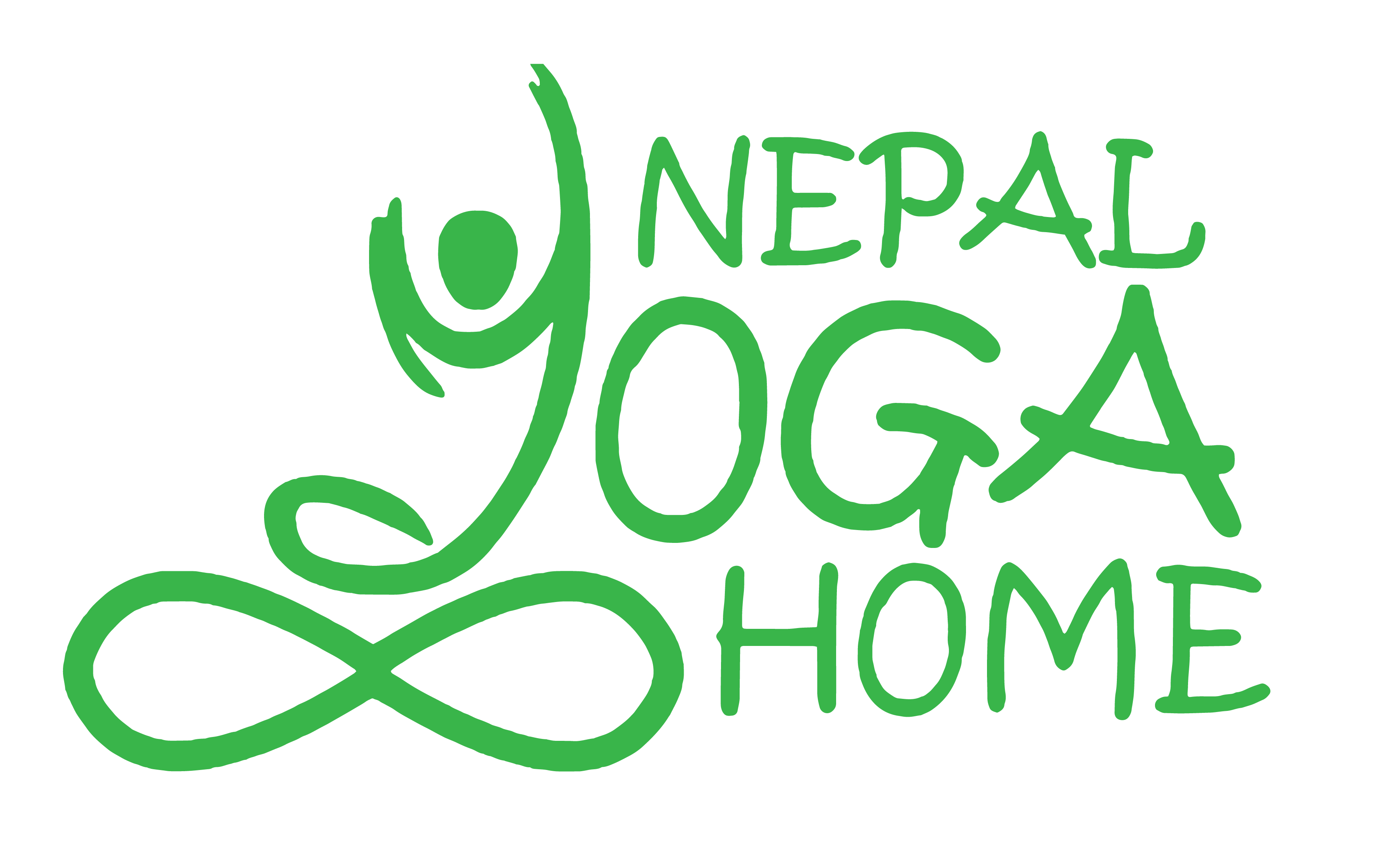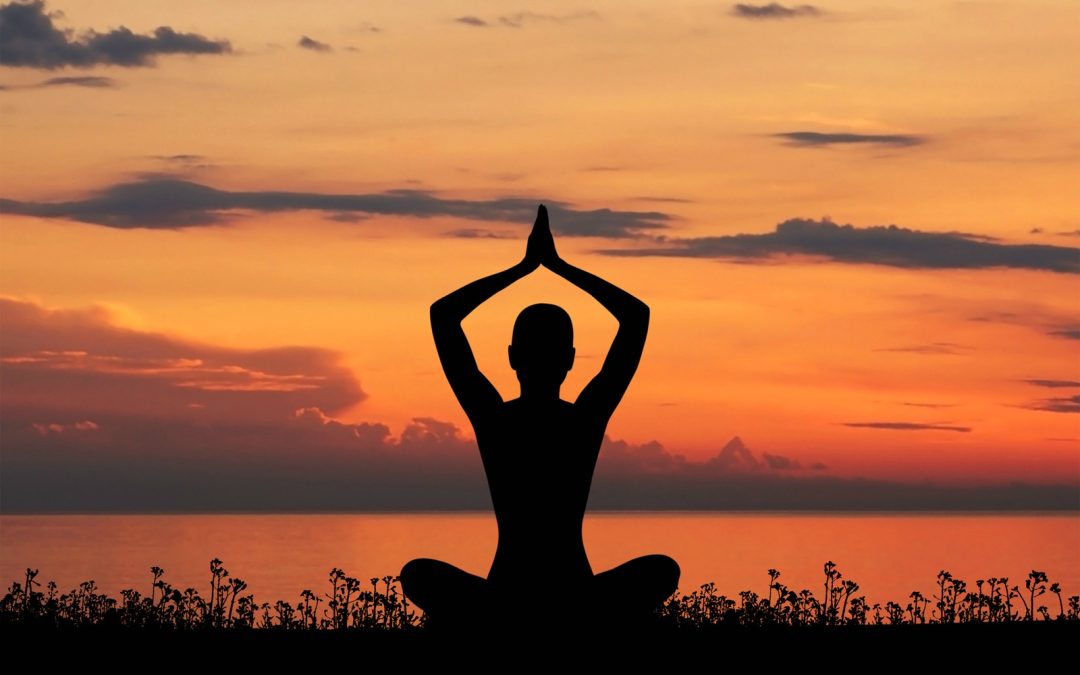Introduction to Yoga for Sleep
There’s nothing quite like a peaceful night’s sleep. It’s pretty obvious that in today’s world, there are only a handful of people who do not have trouble having sound sleep; that deep, restorative rest makes you feel alive and energized, ready to take on the world. Yet for many, sleep is a struggle—a time where the mind refuses to settle, and the body feels restless. In the chaos of modern life, finding sleep can feel like trying to catch a feather in the wind. But yoga for sleep offers a gentle way to reconnect with your natural rhythm, creating space for relaxation and peace.
The Power of Evening Stillness
Picture this: the sun has set, and the world outside begins to quiet. In this transition from day to night, the body yearns for rest. Yet so often, we carry the chaos of the day into our evenings—emails unanswered, tasks unfinished, and minds unsettled. This is where yoga for sleep comes into play, acting as a bridge to slow down and prepare your body for the rest it needs.
With simple stretches and mindful breathing, yoga helps to calm the nervous system, releasing pent-up tension from the day. Each movement, no matter how gentle, sends a signal to your body that it’s safe to let go.
A Gateway to Restfulness
To understand why yoga is so effective, imagine your body as a tightly wound spring. The stress and activity of the day keep this spring coiled, making it impossible to relax. Yoga for sleep works by gradually uncoiling that spring, bringing the body into a state of rest.
For example, poses like Child’s Pose or Legs-Up-the-Wall are not just stretches; they’re invitations to surrender. As you hold these postures, your muscles release their grip, and your breathing deepens. It’s a conversation between the body and the mind, whispering, “It’s okay to slow down now.”
Building a Routine with Yoga for Sleep
Establishing a bedtime yoga routine doesn’t need to be complicated. It’s not about perfect form or long sessions; it’s about finding what feels right for your body. Even a few minutes of intentional movement can make a world of difference.
Start with a gentle forward fold, allowing your head to hang heavy, as though letting your worries drip away. Follow this with a spinal twist on the floor, releasing tension that builds up from sitting throughout the day. Finally, transition into a restful pose like Savasana (Corpse Pose), where you simply lie still and focus on your breath.
Yoga and the Mind
Yoga isn’t just about the body—it’s about quieting the noise in your mind. Have you ever noticed how difficult it is to sleep when your thoughts are racing? This is where the breathing practices in yoga for sleep become invaluable.
A technique like the 4-7-8 breath can be transformative. Inhale for four counts, hold for seven, and exhale for eight. This slows your heart rate and shifts your body into relaxation mode. It’s as if each breath gently tucks you in, one exhale at a time.
An Ancient Remedy for a Modern Problem
Yoga, with its centuries-old wisdom, feels almost tailor-made for modern sleep struggles. Our screens and schedules often keep us overstimulated long after the day is done. By incorporating yoga for sleep, you’re reclaiming a piece of that ancient simplicity—a time where evenings were for winding down, not speeding up.
The beauty of yoga lies in its adaptability. Whether you have five minutes or half an hour, whether you’re a beginner or seasoned practitioner, there’s a way to make it work for you.
A Simple Sequence to Try Tonight
- Seated Forward Fold (Paschimottanasana): Sit with your legs extended, and fold forward gently, letting your back stretch and your breath slow.
- Supine Twist (Jathara Parivartanasana): Lie on your back, bring your knees to your chest, and let them fall to one side. This helps ease tension in the lower back and abdomen.
- Legs-Up-the-Wall Pose (Viparita Karani): Elevate your legs against a wall, allowing blood flow to circulate and relaxing tired legs.
- Savasana (Corpse Pose): Lie flat on your back with your arms at your sides, completely relaxed. Focus on the rhythm of your breath and let every muscle melt into the floor.
These poses are designed to gradually slow your body and mind, creating a smooth transition to sleep.
The Role of Breath in Sleep
Breathing is one of the simplest yet most effective tools for better sleep. When we’re anxious or stressed, our breath becomes shallow and quick, signaling to the body that we’re in danger. Deep breathing reverses this, calming the nervous system and signaling safety.
In yoga for sleep, breathing exercises like alternate nostril breathing or diaphragmatic breathing can bring remarkable calm. They’re not just exercises—they’re a way to tell your body, “You’re safe now. You can rest.”
Yoga for the Modern Sleepless Soul
Sleep troubles aren’t unique to a single person; they’re a shared experience of modern life. From the glow of our phones to the endless demands of work, it’s easy to see why rest feels harder to come by. Yoga offers not just a remedy but a reframe. It shifts the focus from “falling asleep” to “inviting sleep.”
This subtle shift is powerful. Instead of forcing rest, you’re creating the conditions for it to come naturally. With yoga for sleep, the emphasis is on letting go—of tension, of effort, of the need to control.
A Mindset of Rest
Yoga for sleep also brings mindfulness to bedtime, turning it into a sacred ritual rather than a rushed afterthought. Think of your evening practice as a gentle reset button. Each pose, each breath, is a step toward the peace your body craves.
And while the poses are important, the mindset matters just as much. When you approach bedtime with kindness and patience, you create an environment where sleep feels welcoming, not forced.
Conclusion
The practice of yoga for sleep reminds us of something we often forget: Rest is natural. It’s not something to fight for or chase; it’s something to allow. Through gentle movement and mindful breathing, yoga helps peel away the layers of tension and worry that keep us awake.
Tonight, as the world quiets and the stars take their place in the sky, try unrolling a mat instead of scrolling a screen. Move slowly, breathe deeply, and see where the journey takes you. Sleep isn’t as far away as it seems—it’s waiting, patiently, for you to welcome it back. And yoga for sleep is going to take you to a step nearer of getting peace.
For more blogs visit on our Nepal Yoga Home blog section.

